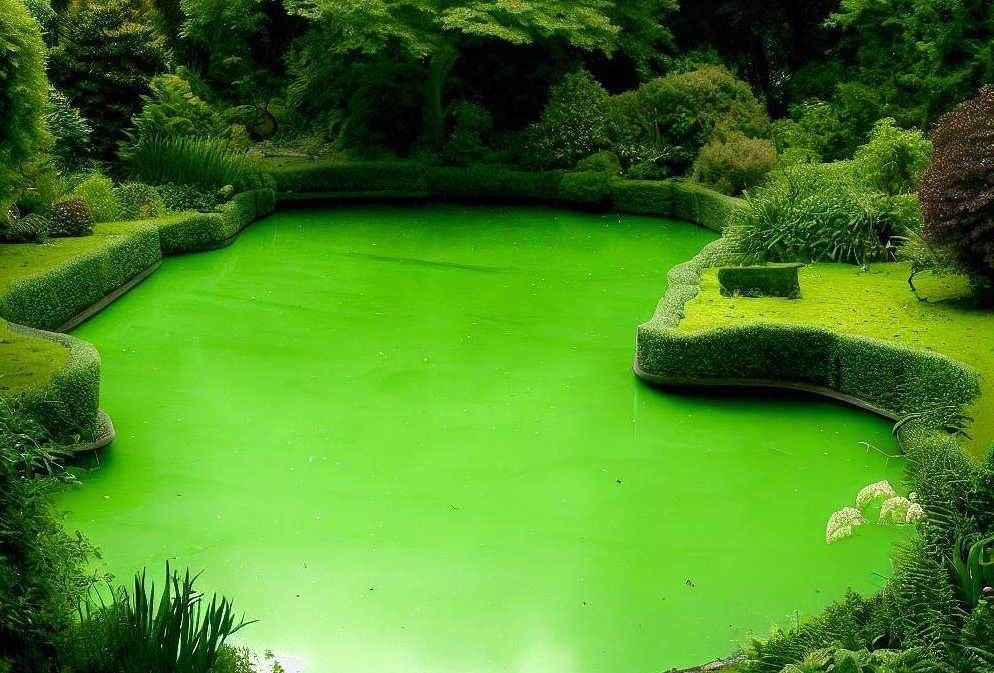Green water, often caused by an excessive amount of single-celled algae, is a common and frustrating problem for many koi pond owners. Not only does it obscure the beauty of the pond, but it can also be harmful to the health of the fish if left untreated. Luckily, there are several effective methods to combat green water and restore the clarity of your koi pond. In this article, we will explore various steps you can take to fix green water issues and maintain a thriving pond environment for your beloved koi.
1. Assess the Pond Environment: Before taking any action, it's crucial to understand why green water is plaguing your pond. Excessive sunlight, high nutrient levels (e.g., from fish waste or overfeeding), and poor filtration can contribute to algae blooms. Evaluate the pond's location, water quality, and filtration system to identify potential causes.
2. Increase Filtration: Improving filtration is one of the most effective ways to combat green water. Consider adding or upgrading your pond's filtration system. Mechanical filters, UV sterilizers, and biological filters are all valuable tools in reducing algae and improving water clarity. UV sterilizers, in particular, can help kill algae cells as they pass through the unit, preventing them from multiplying.
3. Optimize Feeding Habits: Overfeeding your koi leads to increased fish waste and excess nutrients, which can fuel algae growth. Make sure to feed your koi only the amount they can consume in a few minutes, and avoid allowing uneaten food to accumulate in the pond. Additionally, consider using high-quality koi food with minimal fillers to reduce waste production.
4. Shade the Pond: Reducing the amount of direct sunlight reaching the pond can help limit algae growth. Introduce floating plants like water lilies or provide some form of artificial shading, such as pond netting or shade sails. However, ensure that the shading does not obstruct the entire pond, as some sunlight is essential for maintaining a healthy ecosystem.
5. Add Aquatic Plants: Aquatic plants compete with algae for nutrients, and their presence can help inhibit algae growth. Consider adding a variety of submerged, floating, and marginal plants to your koi pond. Not only do they provide natural beauty, but they also contribute to the overall balance of the ecosystem.
6. Partial Water Changes: Performing partial water changes can dilute the excess nutrients in the pond and reduce algae levels. However, avoid changing more than 25-30% of the water at once to prevent shocking the fish and disrupting the pond's biological balance.
7. Barley Straw: Barley straw is a natural and eco-friendly solution to control algae. As the straw decomposes, it releases compounds that inhibit algae growth. Place bales of barley straw in the pond or use commercially available barley straw extract or pellets for more controlled application.
8. Beneficial Bacteria: Introduce beneficial bacteria products designed for ponds. These bacteria help break down organic matter, reducing nutrient levels and contributing to a healthier pond environment.
9. Monitor and Maintain: Regularly monitor water parameters and the overall health of your koi. Check the clarity of the water, ammonia and nitrite levels, and the behavior of the fish. Consistent maintenance and proactive measures can prevent green water from becoming a recurring issue.
By following these steps and maintaining a balanced ecosystem, you can effectively fix green water problems in your koi pond and ensure a clean, clear, and enjoyable environment for your beloved koi fish to thrive. Remember, patience and persistence are key when dealing with pond-related issues, so stay committed to the maintenance routine, and your efforts will be rewarded with a stunning and healthy koi pond.
